Brand I Marketting
In 40 milliseconds, we are able to draw conclusions about people based on a photo… That’s less than one-half of one-tenth of a second. Wow! People do not realize that they need to be their own brand, how being the brand impacts the way you get a job, keep a job and do business’. Online personal branding: social media profiles creation is absolutely essential. People usually do not realize that they need to be their own brand, how being the brand impacts the way you get a job, keep a job and do business’. Today is the age of the individual: ‘I’. So it becomes more important to create and shape your personal #Brand ‘#I’. By creating and completing your profile is a very important step, e.g. through setting up a Twitter acount. Here a few tips around marketeering yourself with the Brand I on Twitter.
Your Profile on Twitter
Completing your Twitter profile is the first step to creating a #personalbrand. No description, an incomplete or vague description and an eggshell for your Twitter #profilephoto does not mirror a professional image. Important to remember is that Twitter let’s you include links in your profile. So use this strategically. Think logical: Include your name in your profile, so people can recognize you easily.
Also, add a professional-looking profile photo. Joe Puluzzi’s profile is a good example for a good profile pic and bio and colour: https://twitter.com/joepulizzi. As a variant you can have a look at what I use for my proflle and bio, you can see at: https://twitter.com/Pietervschie. You can see variations about using links and location.
Twitter modified its header photo size a while ago, so now it’s bigger and wider. So you can utilize this space effectively for your Twitter account. You can list your expertise and services in the same frame, so whenever users visit her profile, they can quickly see all of the important information…
Your Name
Your really need tot think hard about the username, or name that usually shows up in the URL…
Because that is extremely important in getting your profile to rank in search results. Unlike usual website SEO that says that the URL counts in ranking, the real ranking, for social media profiles happens with your name. So be sure to enter the name you want to be found under.
Your Profile Picture
Great looks: Looking good starts with the oh-so-important first impression. Make sure you have an appealing photo – https://nl.pinterest.com/pietervanschie/chill-profile-picture.
Connect with People in your Industry
To find people in your #industry to connect with, log into #TwitterAnalytics and click the Followers tab. Take a look at whom your followers follow to see people who may be in your industry.
After you identify people of interest, follow them. Don’t just retweet their tweets randomly. Keep a close watch on the content they’re sharing. Read their tweets and share your opinions. You may not hear back from them right away, but once they recognize you’re adding value, they will start responding. Another way to connect with influencers is to tag them with your tweets. You might ask
a question or appreciate something they’ve said. By doing this, you acknowledge their industry expertise and get on their radar.
Share Valuable Content
Twitter offers great potential to reach out to important people in your industry / sector, but you need to give them a reason to follow you back and spread your message. Ahava Leibtag believes that
Must-Have checklists will support you in creating valuable content. The list below gives an overview of the most important ingredients of valuable content:
- Findable
- Readable
- Understandable
- Actionable
- Shareable
Determine the Best Times to Tweet
What time is the best time to tweet? Kevan Lee has written a great article based on all of the tweet data collected. Below, a summary of his extensive research:
The early morning hours appear to be the time in which tweets receive the most clicks, on average.
Evenings and late at night are the times when your tweets receive the most favorites and retweets, on average. In some cases, times with the highest amount of average engagement are almost
inversely related to the most popular times to tweet.
The most popular time to tweet and the best times to tweet for engagement differ across time zones, so it’s still important to experiment and find the times when your audience is most engaged.
The best times to tweet for engagement are quite the inverse of the most popular times to tweet. (The late-night infomercial effect—tweet when fewer people are tweeting—seems to be the case here.)
If you follow successful people in your industry on Twitter, you can easily get an idea of how often they Tweet and which times lead to more engagement for them. Guy Kawaksaki is a great example
here, as he has some controversial Tweeting habits, but they are certainly working out for him, judging by his massive following. In particular, Guy is known for posting the same content multiple
times, and one reason he advocates doing this is to reach your followers in different time zones. He’s found that this increases the traffic to his content, particularly when Tweeting the same link several times: The reason for repeated tweets is to maximize traffic and therefore advertising sales. I’ve found that each tweet gets approximately the same amount of clickthroughs. Why get 600 page views when you can get 2,400? So posting your content in eight-hour intervals like Guy does might be an experiment you can try on your own Twitter account.
The time slots that work for one person might not work for you. The best way to figure out when to tweet is to use a dynamic best-time algorithm.
Learn more about Twitter here!

